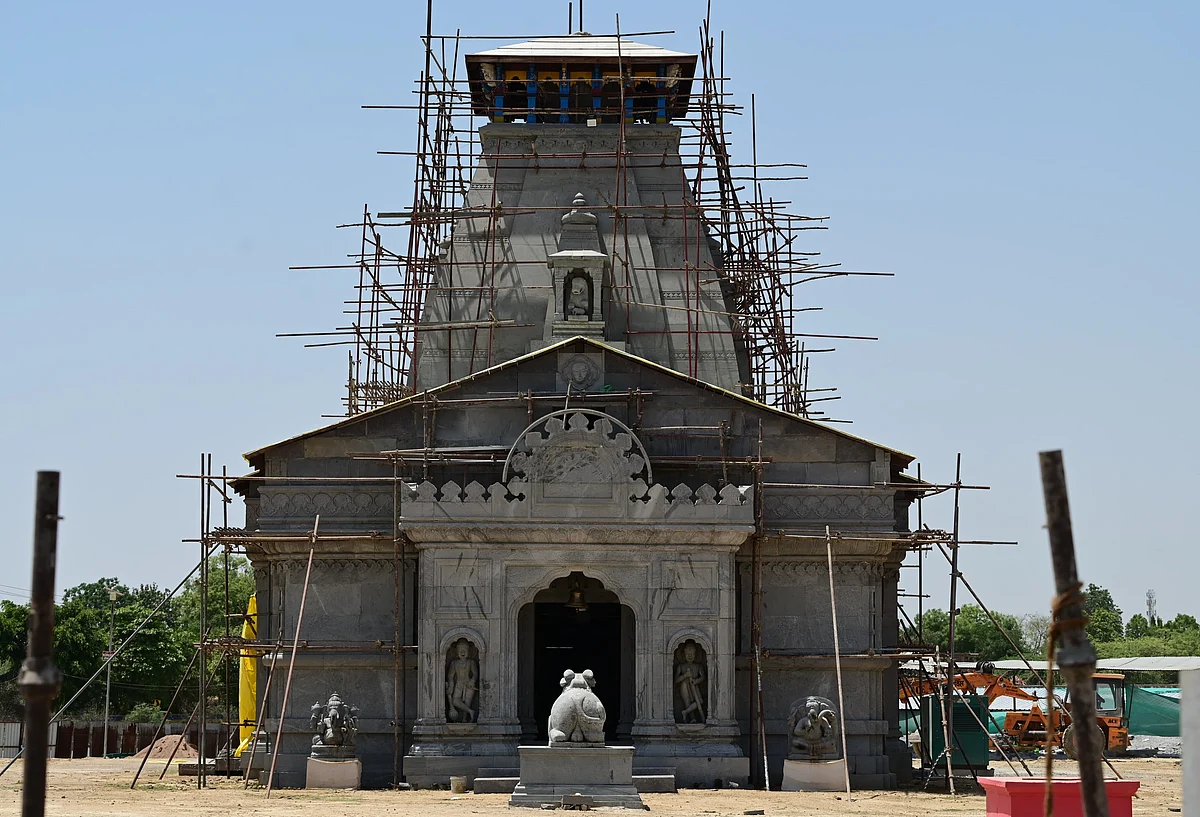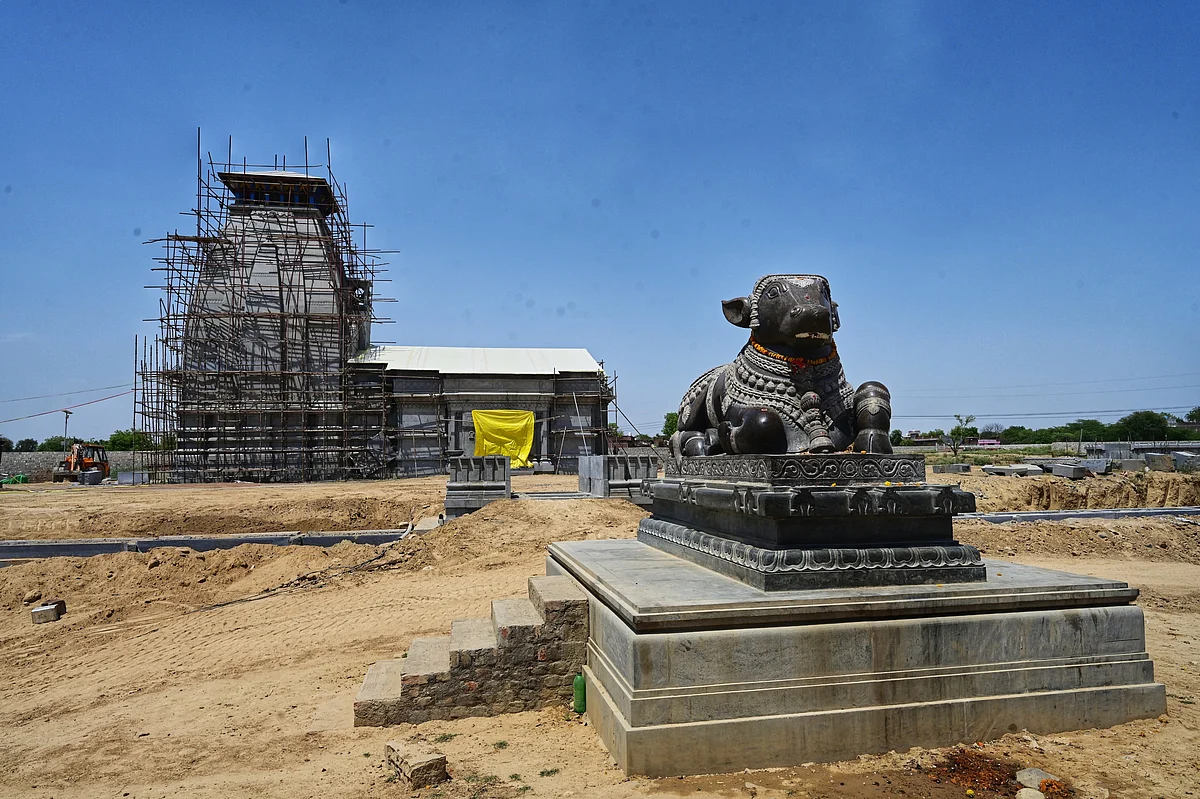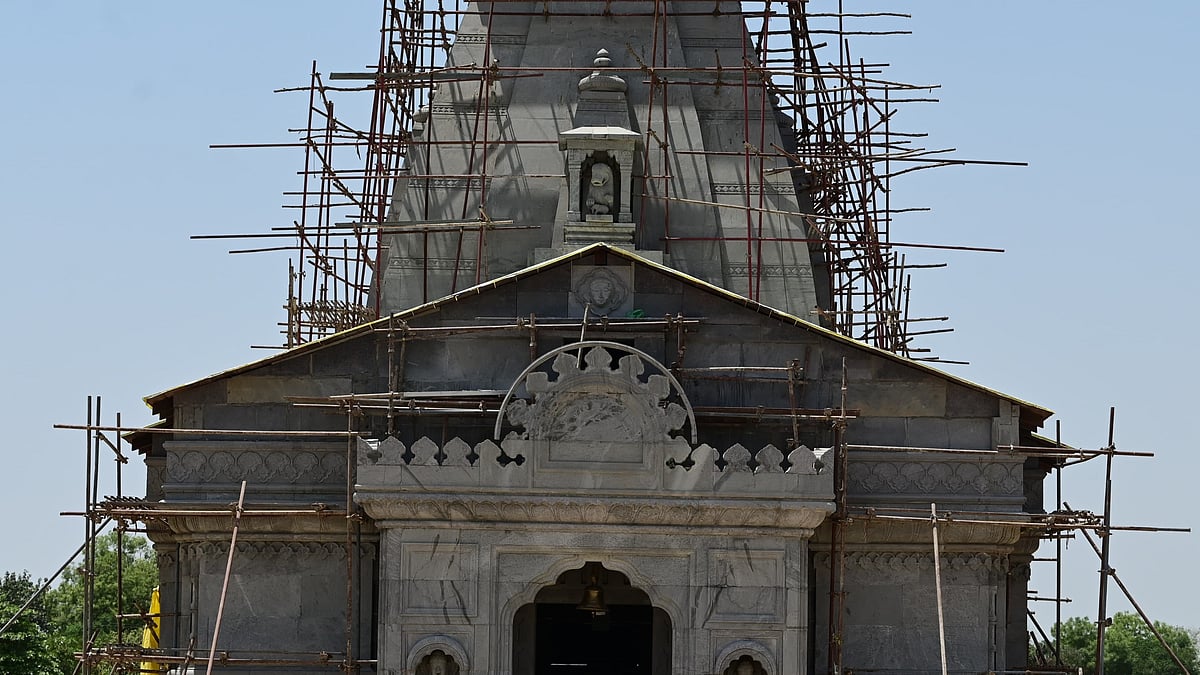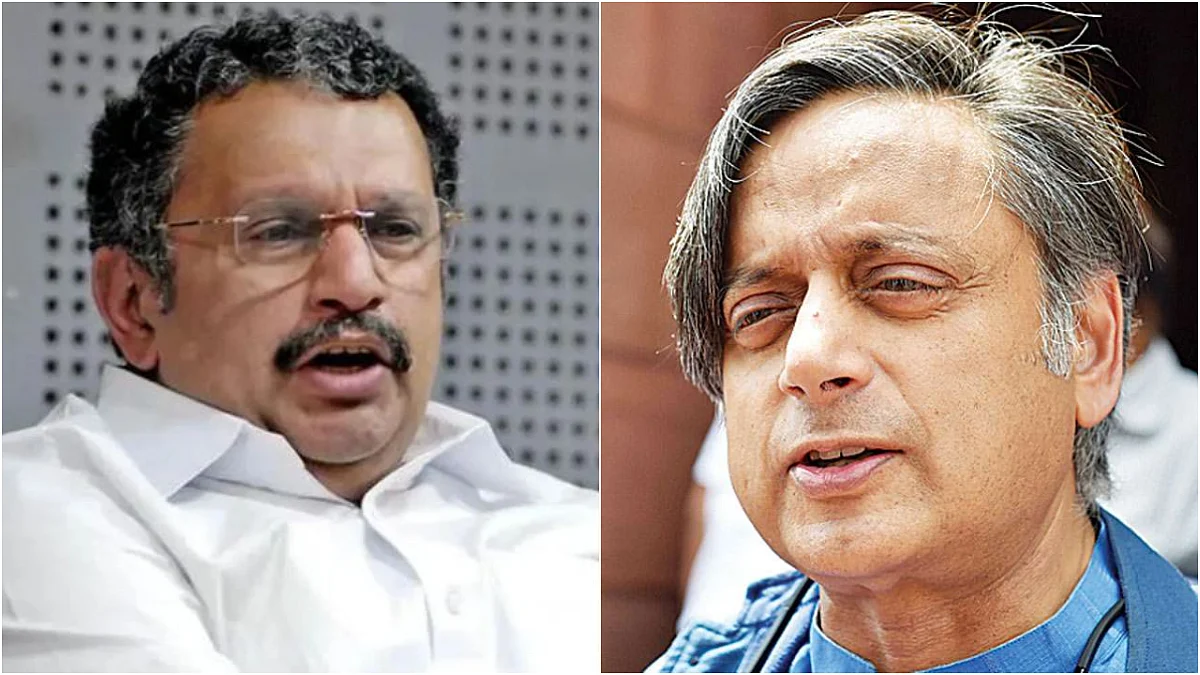As the Samajwadi Party (SP) gears up for the 2027 Uttar Pradesh Assembly elections with its PDA (Pichhda, Dalit, Alpsankhyak) formula, a quiet but significant spiritual project is taking shape in Etawah — the political home turf of SP chief Akhilesh Yadav.
A grand Shiva temple, the Kedareshwar Mahadev Mandir, is under construction on 11 acres of land in Etawah, signaling not just religious devotion but also a subtle political message. The temple’s foundation was laid by Akhilesh in 2021, just months after Prime Minister Narendra Modi presided over the shilanyas of the Ram Temple in Ayodhya.

In January 2024, while Modi inaugurated the Ram Mandir in Ayodhya, it was SP MP Dimple Yadav — Akhilesh’s wife — who led the pran-pratishtha (consecration) ceremony at the partially built Kedareshwar shrine. The temple is scheduled to open on Shivratri, February 15, 2026, just ahead of the next state elections.
"This temple is for those who cannot make the journey to Kedarnath," said Madhu Botta, head of the construction company overseeing the project. “Akhilesh ji is a true Shiva devotee. This place lies along the sacred Shiva Aksha Rekha — the same longitude that spiritually connects Kedarnath in the north and Rameshwaram in the south.”

Planned as the ninth shrine on this axis, the temple draws architectural inspiration from South India. Its 50-foot entrance is modeled after the Vaitheeswaran Temple in Tamil Nadu, while the sanctum — at 72 feet — resembles the Kedarnath shrine, though built an inch shorter as a gesture of humility.
The temple is being built using ancient methods — without iron or cement. Instead, a traditional mix of lime, banana pulp, jaggery, and honey binds the granite stones, the same Krishnapurush Shila, a sacred granite sourced from Kanyakumari in Tamil Nadu. used for Ayodhya’s Ram Lalla idol. Like the Ram Temple, the Kedareshwar Mahadev Mandir is being built without cement or iron. Instead, craftsmen are using an ancient method that binds stones with a mixture of lime, banana, jaggery, and honey — invoking temple-building traditions of centuries past.
SP leaders insist the temple is not a political tool. “We don’t turn faith into spectacle,” said Gopal Yadav, SP general secretary. “Netaji (Mulayam Singh Yadav) installed a Hanuman statue here years ago. A statue of Krishna is also coming up in Saifai. BJP spreads lies that we are anti-Hindu — but Akhilesh ji fasts during Navratri too. We just do not shout about it.”
Despite the spiritual framing, the BJP has dismissed the move as a political ploy. “They boycotted the Ram Temple inauguration in Ayodhya and discouraged others too,” said Arun Kumar Gupta, BJP’s Etawah district president. “Now they want to build a temple for votes. People can see through this tokenism. SP’s PDA means ‘Yadavs first.’”
On the ground, however, the temple is gaining popularity, especially during the Sawan month. Locals are more focused on its impact than on political messages.
“I don’t follow politics much,” said Sanjay Yadav, who runs a tea stall near the site. “But I opened my shop after the temple work began, and it’s helped my income.”

Visitors like Manju Yadav, a 58-year-old devotee, say the temple brings spiritual solace. “We can't all go to Kedarnath. This feels just as sacred. It’s a blessing for people like us,” she said.
Estimated to cost ₹40–50 crore, the Kedareshwar Mandir is being projected as a major pilgrimage hub that could draw lakhs in the coming years. Whether it reshapes public perception of the SP remains to be seen.
But as religion and politics increasingly intertwine in Uttar Pradesh, Akhilesh Yadav’s quiet venture into Hindutva terrain suggests a broader recalibration — one where spiritual legitimacy walks hand in hand with political strategy.








